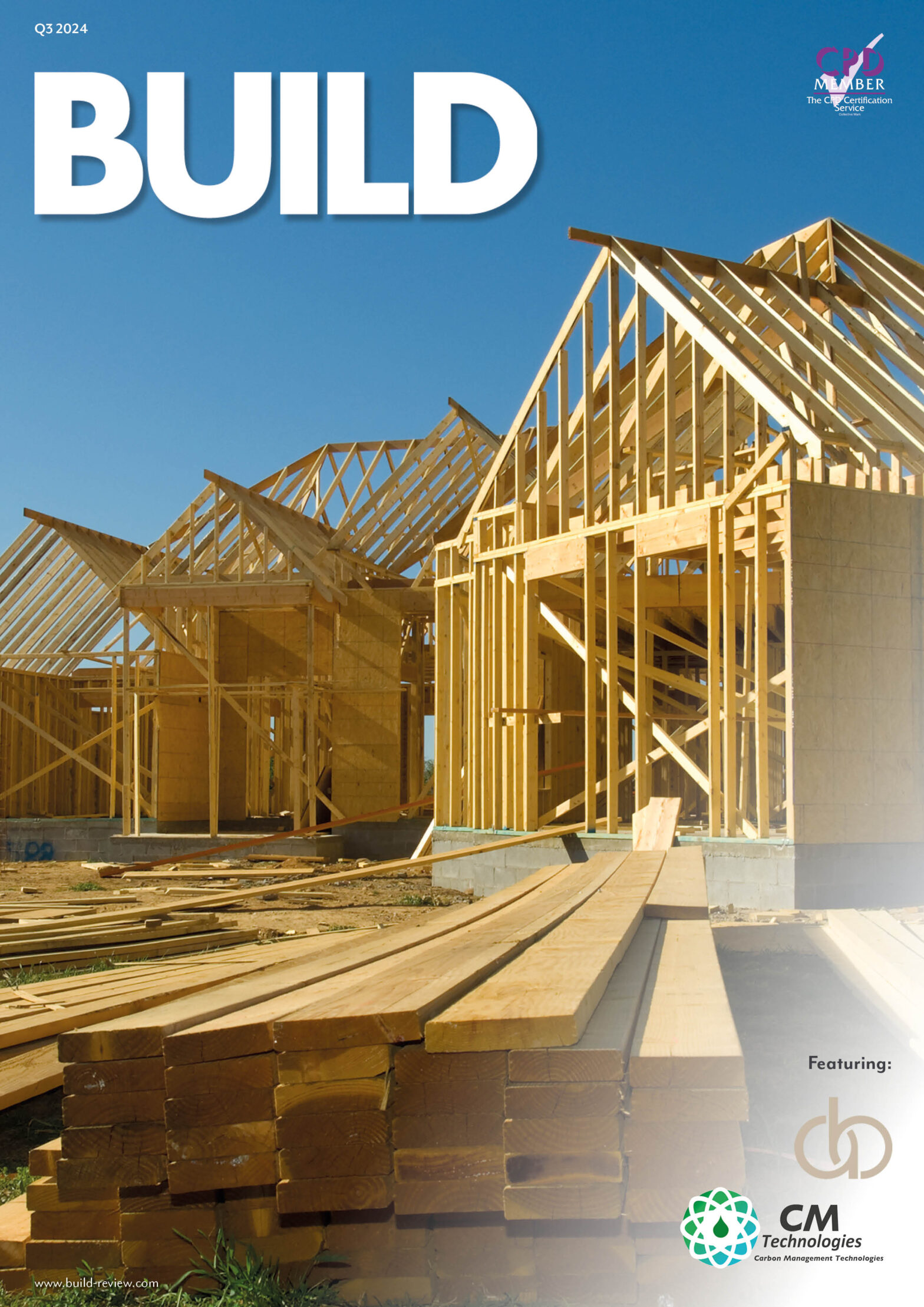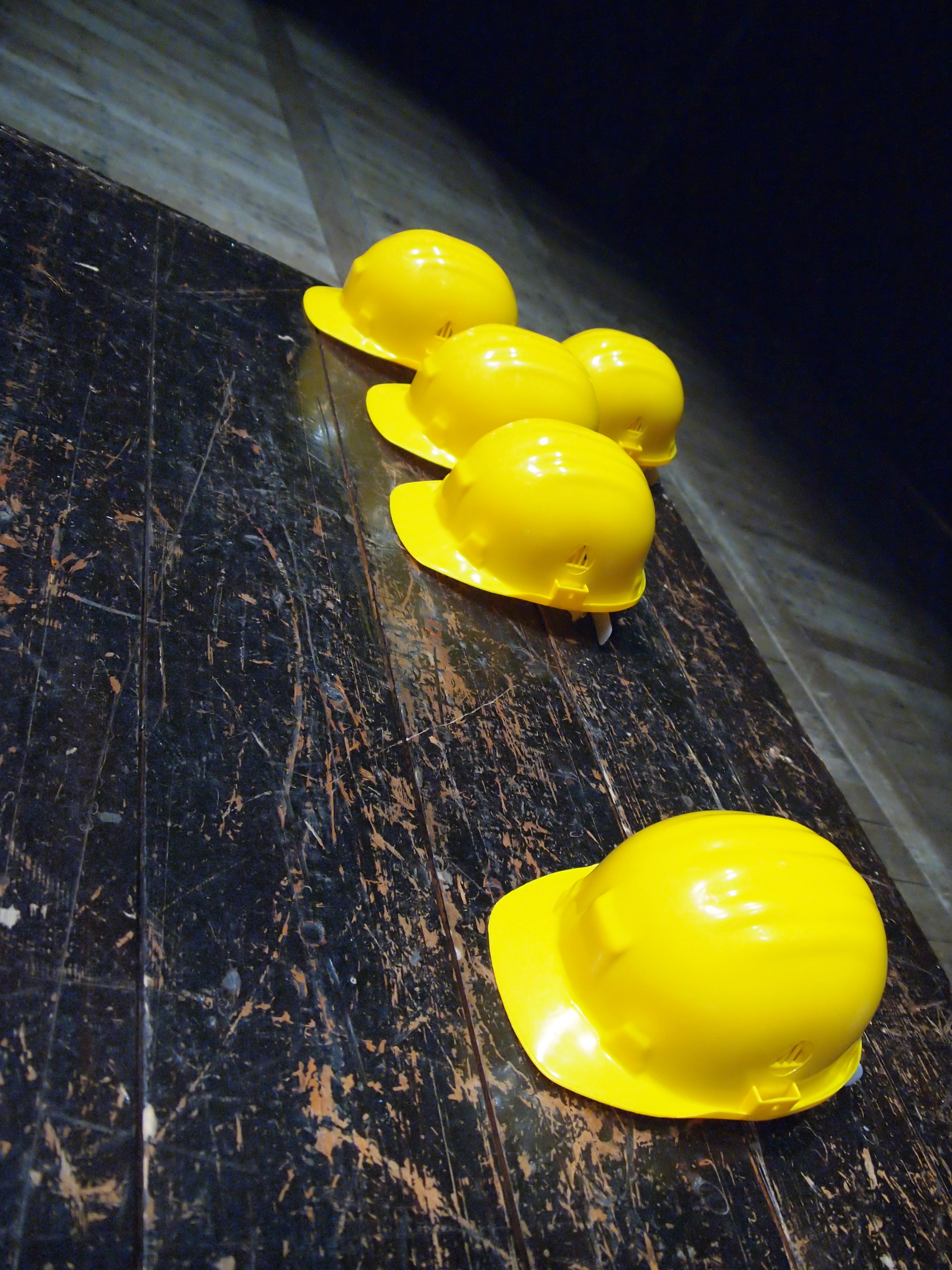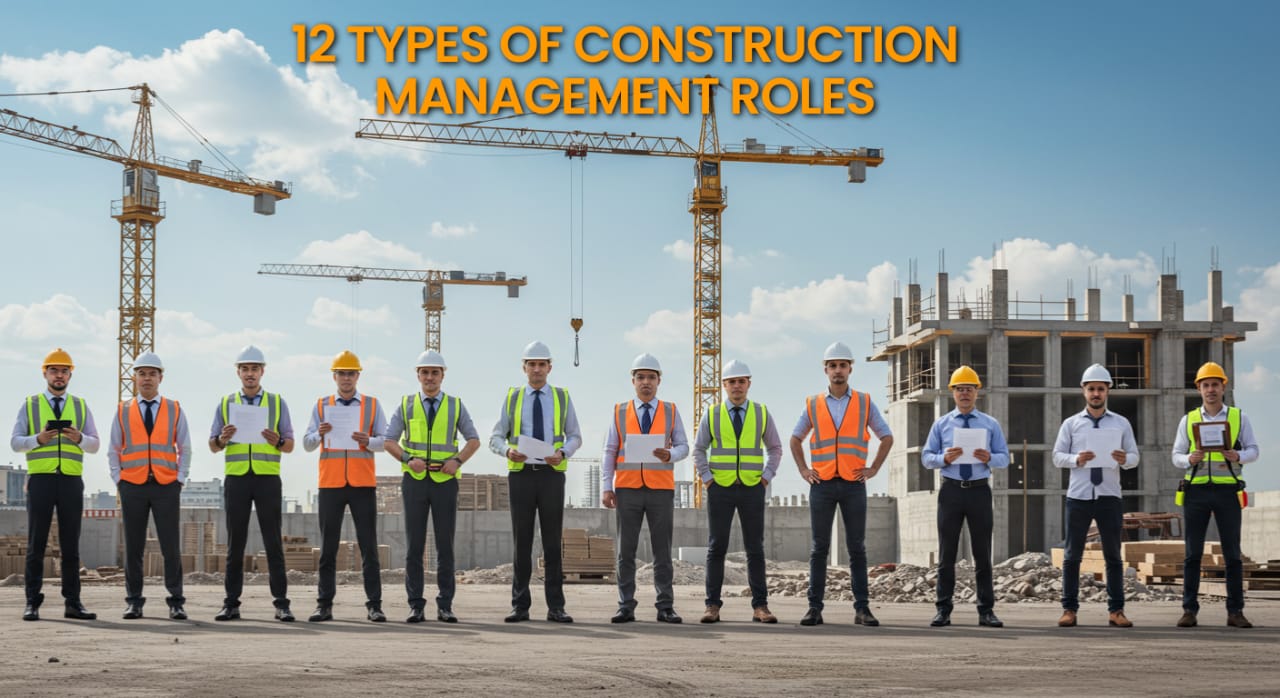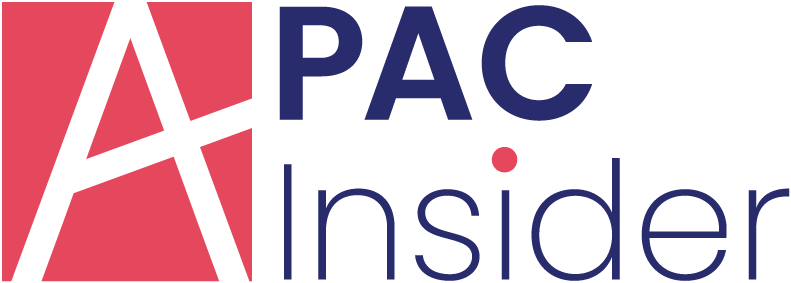The global construction industry is experiencing unprecedented growth, projected to reach $19.59 trillion by 2032, up from $12.3 trillion in 2023. This expansion is fueled by rapid urbanization, infrastructure development, and technological advancements.
With the industry contributing approximately 13% to the global GDP and employing over 100 million people worldwide, the demand for skilled construction management professionals has never been higher.
Understanding the various construction management roles is necessary for navigating this dynamic landscape. Each role plays a pivotal part in ensuring project success, from initial planning to final execution. This article explains 11 key roles in construction management, showing what each one does and why it matters in today’s building industry.
1. Construction Manager
A Construction Manager is in charge of the whole project from start to finish. They plan the work, direct the crew, track the schedule, and keep everything running safely, smoothly, and within budget.
Key Responsibilities:
- Lead every stage from planning to handover
- Manage teams, materials, timelines, and budget
- Solve issues fast and keep risk low
Tools They Use:
- Primavera P6: For large-scale scheduling
- Microsoft Project: For planning and tracking
- Procore / Buildertrend: For real-time updates, budgeting, and team coordination
2. Project Estimator
A Project Estimator figures out how much a construction project will cost. They study blueprints and project plans to calculate materials, labor, and time.
Responsibilities:
- Creates accurate cost estimates.
- Prepares project budgets and tracks expenses.
- Provides reports that help with bidding and decision-making.
Tools They Use:
- Bluebeam Revu: For digital takeoffs and measurements
- PlanSwift / CostX: For fast, precise estimating
- Excel (advanced): Still a key tool for financial modeling
- Sage Construction Management: For syncing estimates with job costing, vendor data, and financial reporting
Importance: Project Estimators help avoid cost overruns. Their work ensures the project can be built within the budget and helps win contracts through competitive bidding.
3. Site Engineer
They are the technical eye on the ground. Site Engineers turn designs into real structures, ensuring nothing gets lost between paper and build. Their presence keeps quality and accuracy alive on-site.
Key Responsibilities:
- Supervises daily construction activities
- Solves technical and on-site issues quickly
- Communicates with architects, engineers, and contractors
Tools They Use:
- AutoCAD / Revit: For reviewing and referencing designs
- Total Stations & GPS: For accurate site measurements
- Fieldwire / PlanGrid: For real-time field coordination and updates
4. Contract Administrator
Contracts are the core of every construction deal. The Contract Administrator keeps them strong, clear, and flexible when needed. They protect both the paperwork and the project.
Key Responsibilities:
- Drafts, reviews, and negotiates contracts
- Tracks compliance with terms and deadlines
- Manages changes, disputes, and claims
Tools They Use:
- DocuSign / Adobe Acrobat Pro: For secure digital signing
- ContractWorks / Conga Contracts: For contract tracking and management
- Excel + Project Software: To track contract timelines and budgets
5. Health and Safety Manager
This role is all about protecting people on-site. The Health and Safety Manager makes sure workers go home safe every day. They create, enforce, and improve safety rules on the job.
Key Responsibilities:
- Runs regular safety audits and inspections
- Trains workers on safety rules and emergency steps
- Investigate accidents and stop future risks
Tools They Use:
- iAuditor / SafetyCulture: For real-time safety checks and reporting
- MSDS databases: To manage hazardous materials
- PPE tracking systems: To ensure workers use safety gear
6. Sustainability Consultant
The Sustainability Consultant helps teams build greener and smarter, cutting waste and meeting climate and regulatory demands.
Key Areas:
- Boosts energy efficiency in building design
- Recommends low-impact and recycled materials
- Plans for reducing waste and carbon footprint
Tools They Use:
- LEED Online / BREEAM: For certification tracking
- One Click LCA: For life-cycle assessments
7. Quality Assurance/Quality Control (QA/QC) Specialist
QA/QC Specialists ensure things are built right the first time. They set standards, catch issues early, and ensure the project meets all codes and quality goals.
Responsibilities:
- Creates quality control plans for all phases
- Conducts site inspections and monitors compliance
- Oversees testing of materials and work methods
Tools They Use:
- Ezelogs Construction Software: Tracks quality tasks and reports
- Procore / BIM 360: For real-time quality documentation
- Testing equipment: To verify material strength and performance
8. Construction Consultant
Construction Consultants offer expert guidance on cost, quality, and process. They help resolve issues, improve strategy, and often save time, money, and stress.
Key Responsibilities:
- Helps teams avoid costly errors
- Provides neutral insights for better decisions
- Resolves disputes and improves efficiency
Tools They Use:
- MS Project / Primavera P6: For timeline and budget reviews
- AutoCAD / Revit: For design and technical analysis
- Contract analysis tools: For legal and document review
9. Facility Manager
After construction, the Facility Manager takes over, ensuring the building runs safely, smoothly, and efficiently with a focus on long-term performance and cost-saving maintenance.
Key Responsibilities:
- Manages maintenance and repair schedules
- Ensures systems like HVAC, plumbing, and lighting work well
- Handles upgrades, compliance, and tenant needs
Tools They Use:
- CMMS (like UpKeep or FMX): For tracking repairs and maintenance
- IoT systems: For monitoring building performance in real time
- Energy management software: To reduce costs and environmental impact
10. Owner’s Project Management Representative
The Owner’s Rep is the owner’s eyes and ears, ensuring the project stays on plan, budget, and schedule. They protect the owner’s interests without directly managing the build.
Key Responsibilities:
- Acts as a bridge between the owner and all other parties
- Monitors construction progress and keeps costs in check
- Ensures the final result matches the agreed plan and quality
Tools They Use:
- Smartsheet / Procore: For updates and tracking
- Budget monitoring software: To flag overspending
11. Building Information Modeler (BIM)
The BIM expert creates detailed 3D models that bring buildings to life digitally, helping teams design, build, and maintain smarter while avoiding mistakes.
Responsibilities:
- Builds and updates 3D models throughout the project
- Works closely with architects, engineers, and contractors
Tools They Use:
- Autodesk Revit / Navisworks: For modeling and clash detection
BIM 360 / Tekla: For real-time collaboration



























